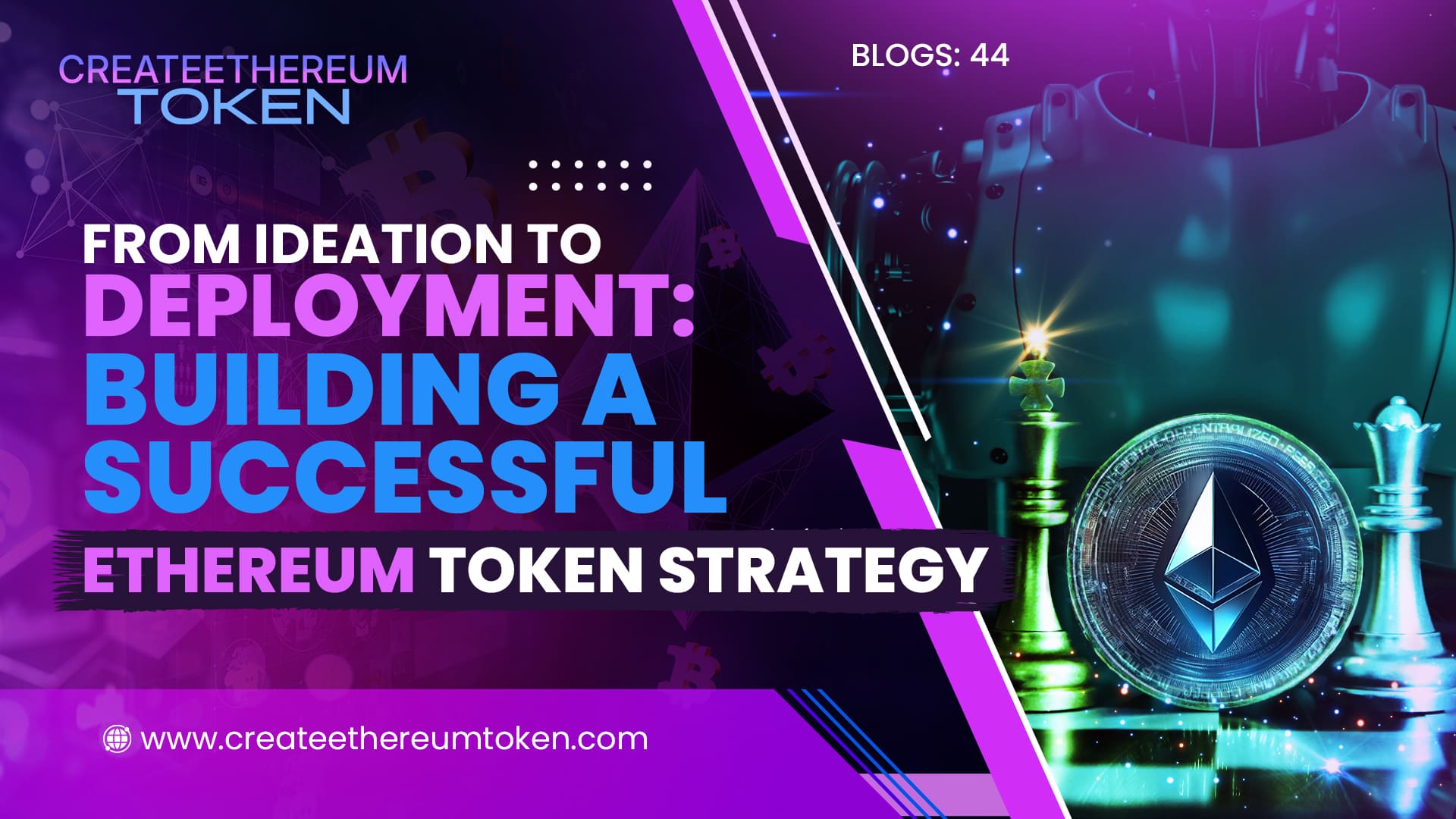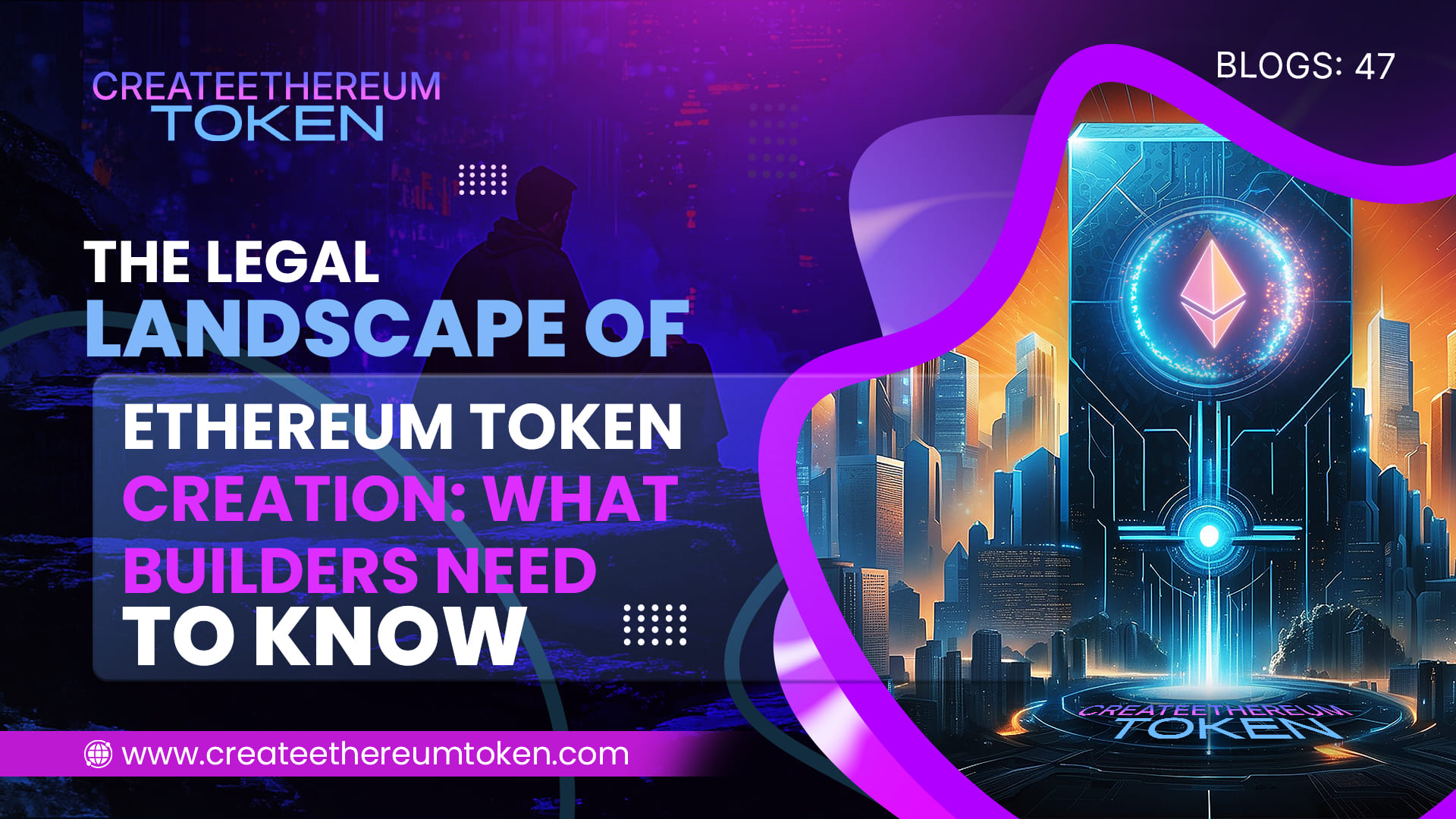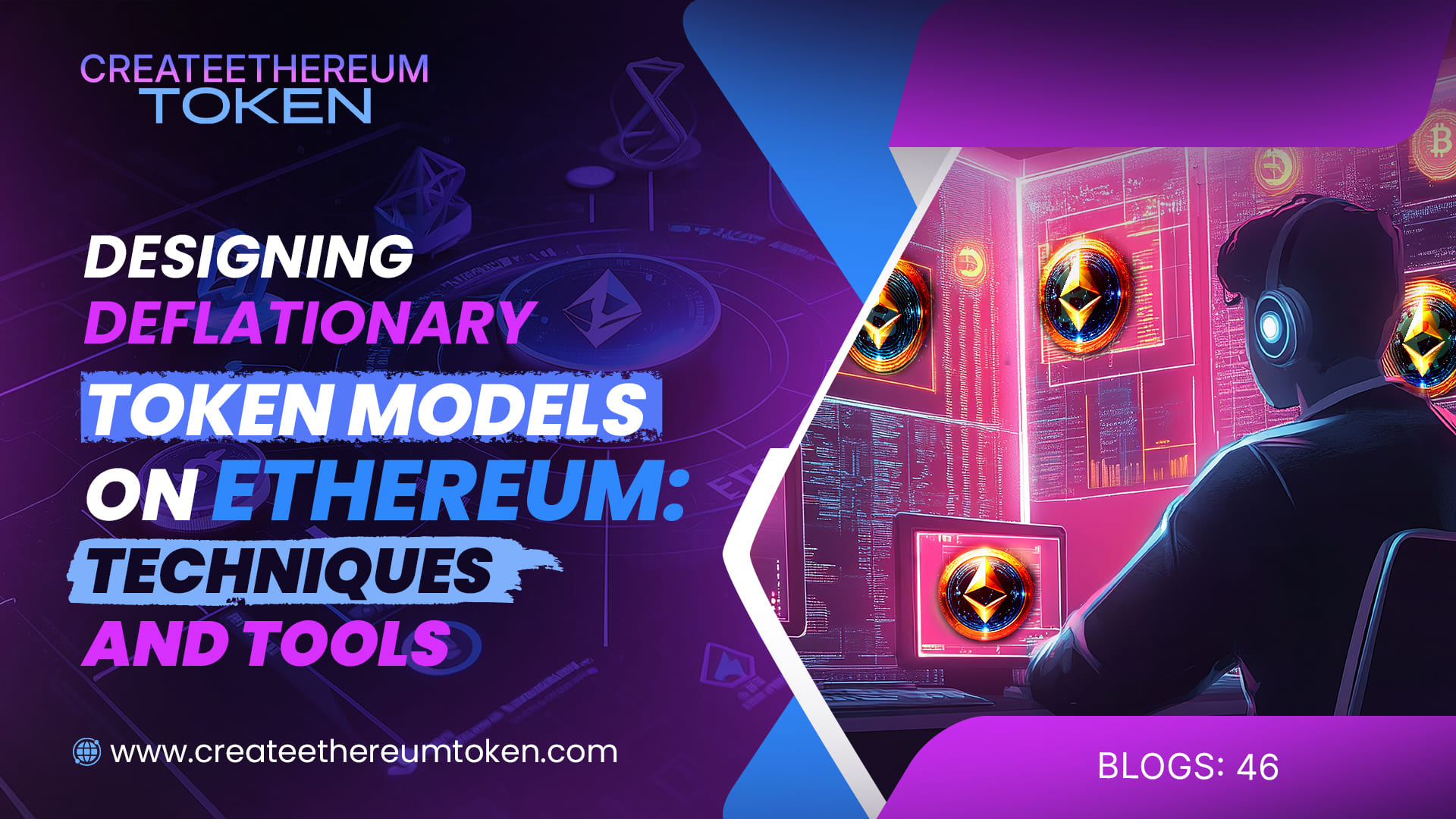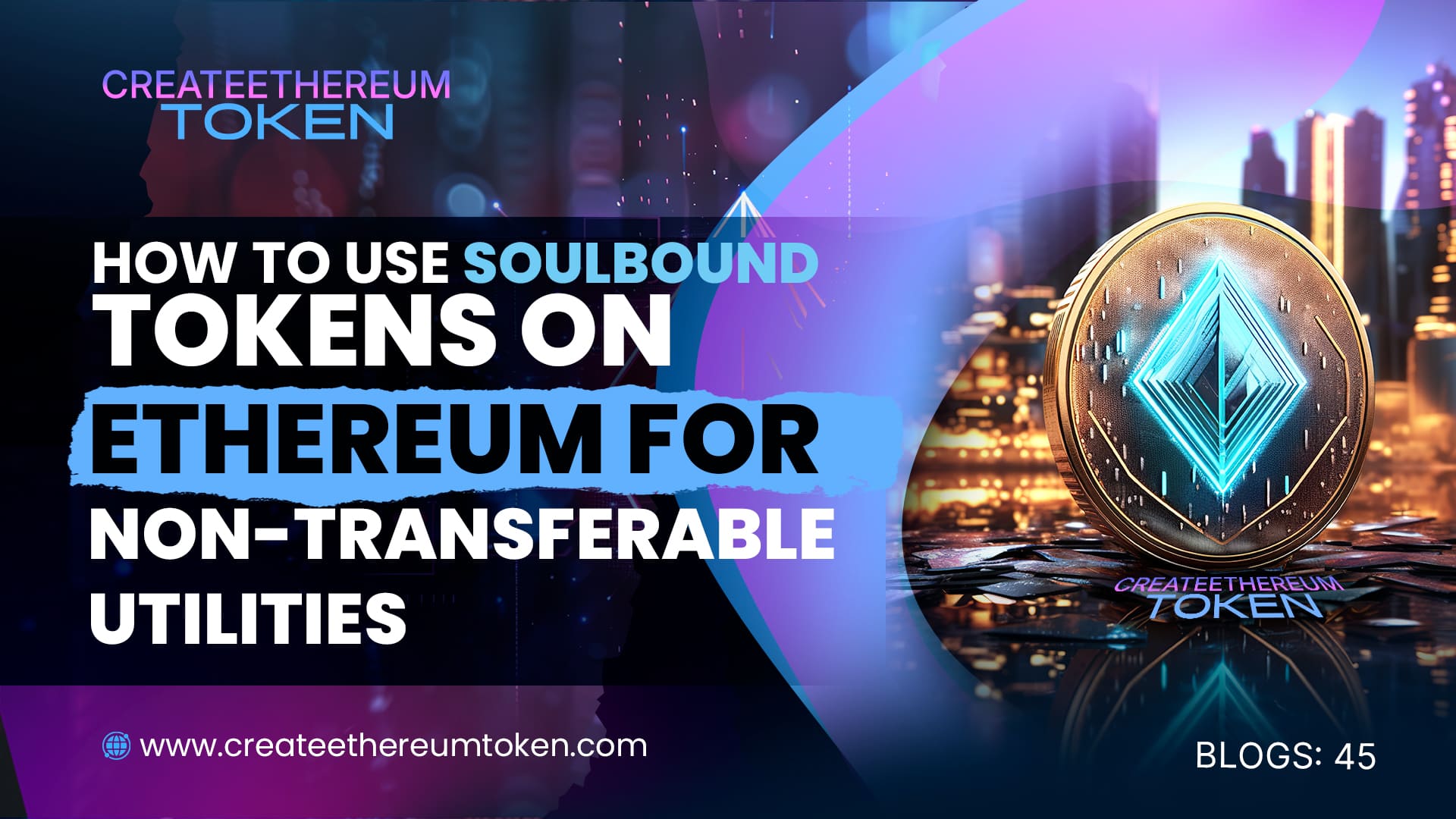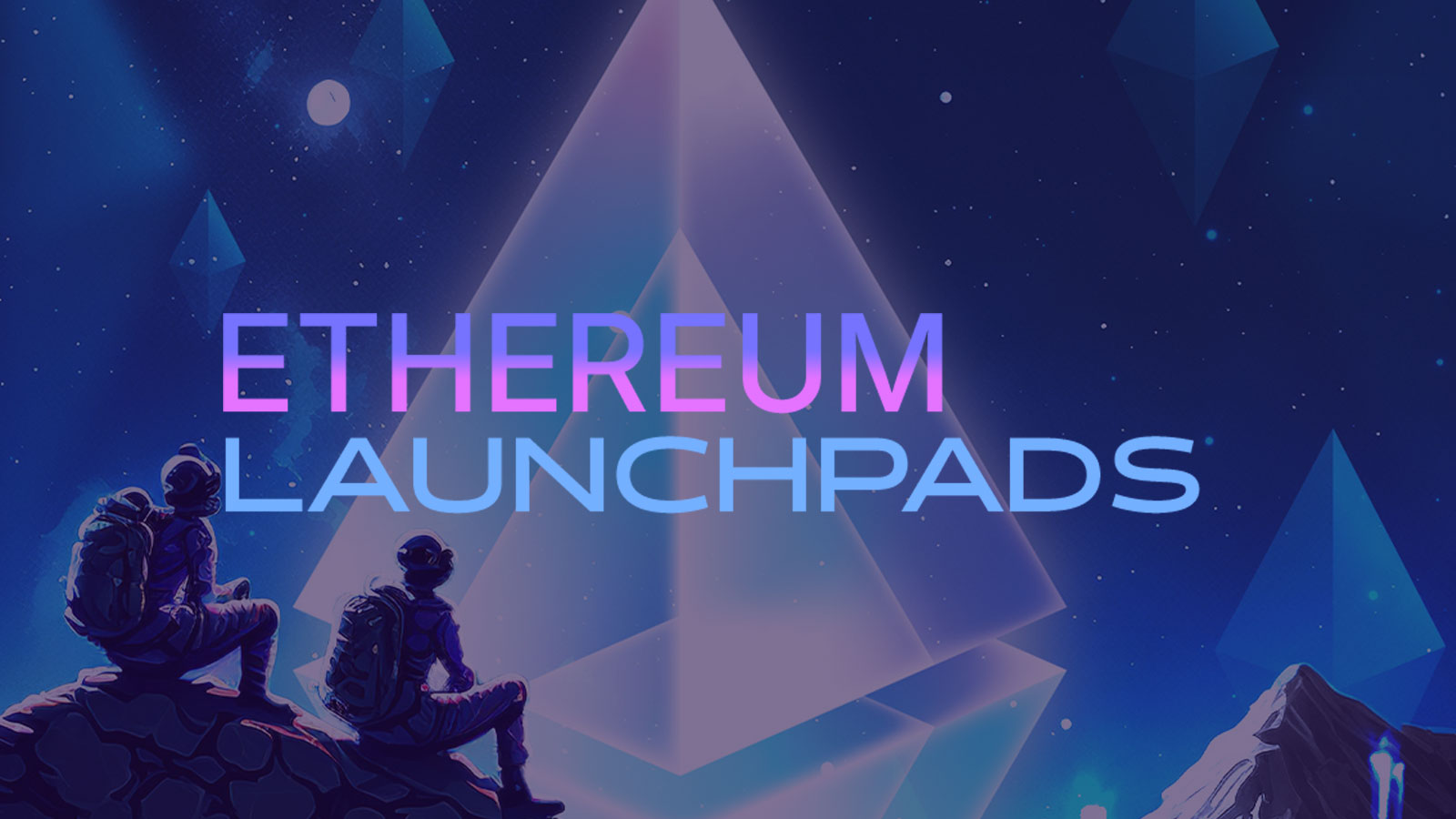May 29, 2025
From Ideation to Deployment: Building a Successful Ethereum Token Strategy
Launching an Ethereum token is more than just writing a smart contract. It’s a strategic process that spans ideation, design, technical development, and go-to-market planning. Whether you’re launching a DeFi protocol, an NFT project, or a DAO, having a solid Ethereum token strategy is the key to long-term success.
1. Start with a Clear Use Case
Before any code is written, define the purpose of your token. Is it for governance, utility, access, rewards, or fundraising? The utility will guide your choice of token standard (ERC-20, ERC-721, ERC-1155) and technical requirements.
2. Design Smart Tokenomics
Your tokenomics model should align with your goals and ecosystem. This includes:
- Total supply and distribution
- Incentive structures (staking, liquidity rewards)
- Vesting schedules for founders and early supporters
- Burn mechanisms or deflationary models
A well-balanced economy can attract investors and sustain long-term engagement.
3. Choose the Right Ethereum Standards
Ethereum offers several battle-tested token standards:
- ERC-20 for fungible tokens
- ERC-721 for unique NFTs
- ERC-1155 for hybrid/efficient token structures
Make sure your token complies with best practices for interoperability and compatibility with wallets, dApps, and exchanges.
4. Build Secure Smart Contracts
Your smart contract is the backbone of your token. Hire experienced developers or use audited frameworks to avoid vulnerabilities. Consider integrating:
- Pausable functions
- Whitelists/blacklists
- Gas optimizations
- Upgradable architecture (if needed)
5. Test on Ethereum Testnets
Before launching, deploy your token to testnets like Goerli or Sepolia. This allows you to verify functionality, fix bugs, and get community feedback in a safe environment.
6. Audit and Compliance
Security audits are essential for user trust. Work with reputable auditing firms. For projects with fundraising or DAO elements, ensure compliance with KYC/AML and regional regulations.
7. Plan Your Launch
Options include:
- Fair launches
- Token sales via launchpads
- Private rounds followed by public IDOs
Coordinate your launch with marketing, community-building, and listing preparations.
8. Post-Launch Growth
Your job isn’t done after deployment. Provide updates, incentivize participation, partner with other dApps, and continuously evolve your ecosystem. The most successful tokens are actively managed with community involvement.
Conclusion
A successful Ethereum token strategy is part vision, part execution. By carefully planning each stage—from ideation to deployment—you can create a token that’s secure, scalable, and aligned with the future of Web3.
